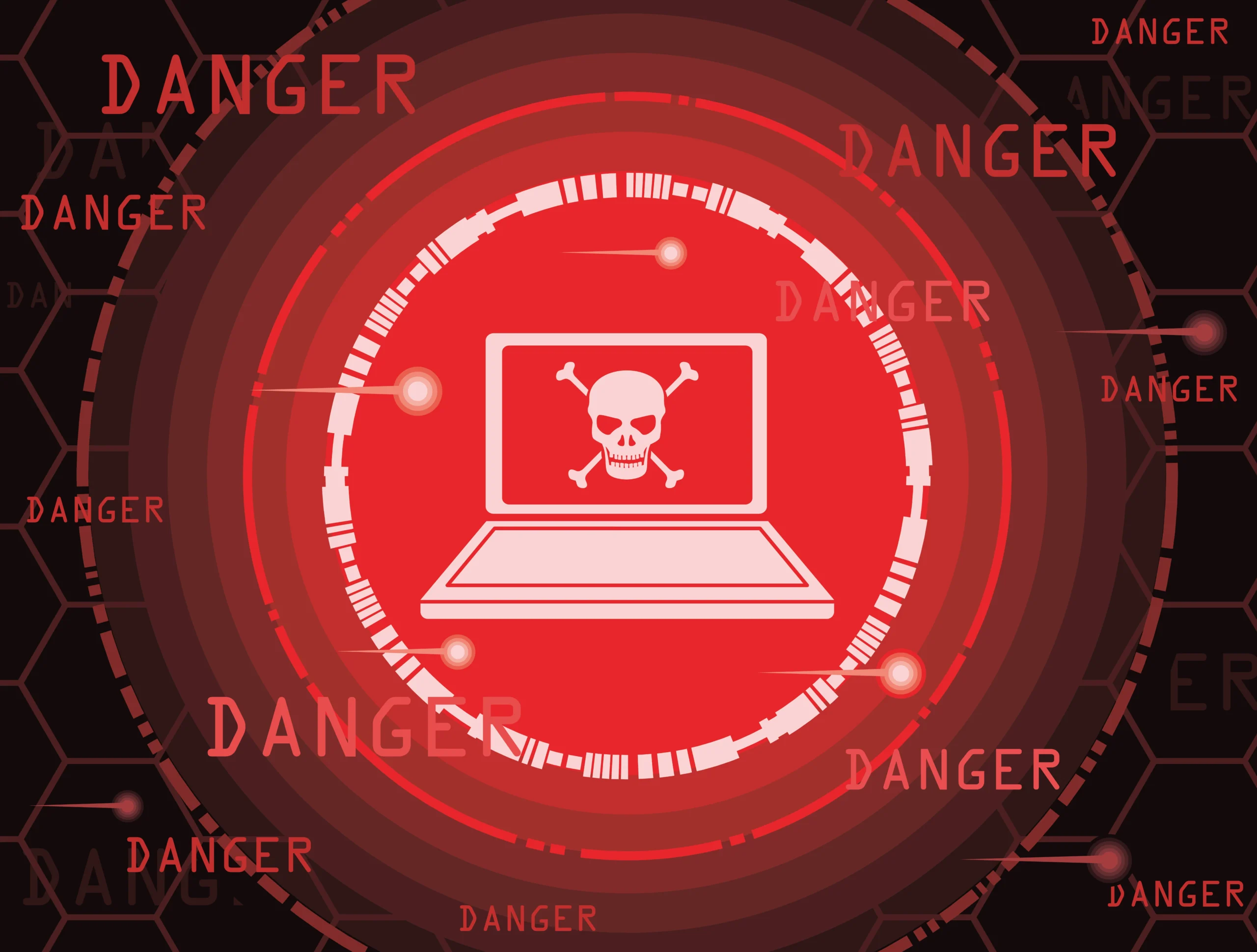
The virus history in world is filled with both fascinating and frightening stories. From the early days of floppy disks to today’s sophisticated malware attacks, Computer Viruses in History have shaped the way we think about cybersecurity. Each outbreak has not only caused millions—or even billions—of dollars in damages but also forced governments, corporations, and individuals to rethink how to protect digital information.
In this article, we’ll explore the Top 10 Worst Computer Viruses in History, breaking down their impact, how they spread, and the lessons learned from each.

1. The Creeper Virus (1971) – The First Known Computer Virus
When we talk about virus history in world, the Creeper virus always takes the first spot. Created in 1971 by Bob Thomas, it is widely regarded as the first computer virus ever. It was not malicious in nature but more of an experimental program designed to see if self-replicating code was possible.
- Platform: ARPANET (the predecessor of the internet)
- Impact: It displayed the message “I’M THE CREEPER: CATCH ME IF YOU CAN.”
- Legacy: Creeper was later followed by Reaper, the first antivirus program.
Though harmless, Creeper set the foundation for Computer Viruses in History and showed the world how quickly programs could replicate and spread.
2. Brain Virus (1986) – The First PC Virus
The Brain virus is another milestone in the virus history in world, known as the first virus to target MS-DOS computers. Developed by two brothers in Pakistan, it infected the boot sector of storage media.
- Platform: IBM PCs
- Impact: It slowed down systems and made storage space unavailable.
- Notable Fact: The creators even included their names, address, and phone number in the virus code.
Brain may not have caused massive financial damage, but it was a wake-up call that personal computers were vulnerable to malicious attacks.
3. Michelangelo Virus (1992) – A Media Sensation
Among Computer Viruses in History, the Michelangelo virus stood out because of the panic it created. Named after the famous artist’s birthday (March 6th), the virus was programmed to activate and destroy data on that day.
- Platform: MS-DOS
- Impact: It corrupted hard drives by overwriting critical data.
- Public Fear: Media coverage suggested it could wipe out millions of PCs worldwide.
While the actual damage was less than predicted, Michelangelo remains infamous for sparking one of the first global virus scares in the virus history in world.
4. Melissa Virus (1999) – The Email Outbreak
The Melissa virus is a landmark in Computer Viruses in History because it highlighted how email could spread infections rapidly. Created by David L. Smith, it was a Word macro virus that spread via infected email attachments.
- Platform: Microsoft Word and Outlook
- Impact: It forced Microsoft and other corporations to shut down their email systems temporarily.
- Financial Damage: Estimated at $80 million.
Melissa marked the beginning of large-scale email-borne malware attacks that would dominate much of the early 2000s.
5. ILOVEYOU Virus (2000) – The Love Letter That Broke the Internet
One of the most destructive outbreaks in the virus history in world is the ILOVEYOU virus. Disguised as a love letter, this email virus spread like wildfire.
- Platform: Microsoft Outlook
- Impact: It overwrote image files, stole passwords, and spread to all contacts in the victim’s email.
- Financial Damage: Over $10 billion in damages.
- Global Spread: It infected millions of computers within hours.
ILOVEYOU is still remembered as one of the most infamous events in Computer Viruses in History, proving how social engineering could be as dangerous as technical exploits.
6. Code Red (2001) – The Web Server Menace
Code Red is a critical part of the virus history in world because it was among the first worms to target web servers instead of personal computers. Exploiting a flaw in Microsoft IIS (Internet Information Services), it defaced websites with the message “Hacked by Chinese!”
- Platform: Microsoft IIS web servers
- Impact: It slowed down internet traffic and infected more than 359,000 systems in under 14 hours.
- Financial Damage: $2.6 billion.
Code Red demonstrated that the future of malware would also involve attacks on web infrastructure, not just personal computers.
7. SQL Slammer (2003) – The Fastest-Spreading Worm
The SQL Slammer worm is legendary in Computer Viruses in History for how quickly it spread. Exploiting a vulnerability in Microsoft’s SQL Server, it infected over 75,000 machines in less than 10 minutes.
- Platform: Microsoft SQL Server
- Impact: It caused major internet slowdowns, including outages for ATMs and airline systems.
- Financial Damage: Around $1 billion.
SQL Slammer highlighted the dangers of unpatched software and showed how damaging a single vulnerability could be in the virus history in world.
8. Mydoom (2004) – The Most Damaging Email Worm
When discussing Computer Viruses in History, Mydoom often takes the title of the most financially destructive. Spread through email, it launched Distributed Denial of Service (DDoS) attacks on major websites.
- Platform: Microsoft Windows
- Impact: Slowed internet access globally and targeted tech giants like Google.
- Financial Damage: Over $38 billion.
- Notable Fact: It still holds records as one of the fastest-spreading worms ever.
Mydoom remains a painful reminder of how devastating email worms can be in the virus history in world.
9. Conficker (2008) – The Mystery Worm
Conficker is one of the most puzzling entries in Computer Viruses in History. Despite infecting millions of machines worldwide, its purpose was unclear.
- Platform: Microsoft Windows
- Impact: It spread silently, creating a massive botnet of infected systems.
- Scale: At its peak, it infected over 10 million computers.
- Mystery: No major damage was reported, but its sheer scale worried governments and security experts.
Conficker remains one of the most intriguing events in the virus history in world due to its potential for destruction that was never fully realized.
10. WannaCry (2017) – The Ransomware Explosion
No list of the worst Computer Viruses in History is complete without WannaCry. This ransomware attack exploited a Windows vulnerability leaked from NSA tools and spread rapidly across the globe.
- Platform: Microsoft Windows
- Impact: It encrypted files and demanded ransom in Bitcoin for their release.
- Victims: Hospitals, businesses, and governments were all affected.
- Financial Damage: Estimated at $4 billion.
WannaCry marked a turning point in the virus history in world, as ransomware became one of the most dangerous and profitable forms of cyberattack.
Key Lessons from the Top 10 Worst Viruses
The Computer Viruses in History teach us valuable lessons about cybersecurity:
- Stay Updated: Many viruses exploited unpatched vulnerabilities. Regular updates are essential.
- Email Caution: From Melissa to ILOVEYOU, email remains one of the easiest infection methods.
- Backups Are Critical: Ransomware like WannaCry shows the importance of having backups.
- Global Preparedness: Viruses spread worldwide in hours; international cooperation is crucial.
- Human Factor: Social engineering (like ILOVEYOU) is often more effective than technical exploits.
The Evolution of Viruses in the Digital Age
Looking back at virus history in world, we see how viruses evolved:
- 1970s–1980s: Experimental and proof-of-concept viruses (Creeper, Brain).
- 1990s: File-infecting and boot sector viruses gained attention (Michelangelo).
- 2000s: Email and internet worms caused massive global disruption (Melissa, Mydoom).
- 2010s onward: Ransomware and targeted attacks became the new threats (WannaCry).
The journey of Computer Viruses in History reflects the growth of the digital landscape itself—more connected, more powerful, but also more vulnerable.
Final Thoughts
The virus history in world is a stark reminder of how fragile our digital systems can be. From harmless experiments like Creeper to devastating global outbreaks like ILOVEYOU, Mydoom, and WannaCry, each event in Computer Viruses in History has left its mark.
Understanding these viruses isn’t just about looking back; it’s about preparing for the future. As technology continues to advance, so will the creativity and persistence of those who design malicious software. The best defense is awareness, vigilance, and adopting strong cybersecurity practices.By studying the Top 10 Worst Computer Viruses in History, we gain insights into past mistakes and better equip ourselves for tomorrow’s challenges.






